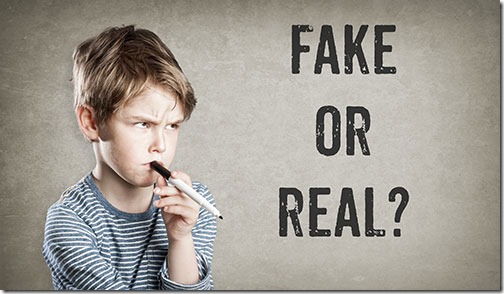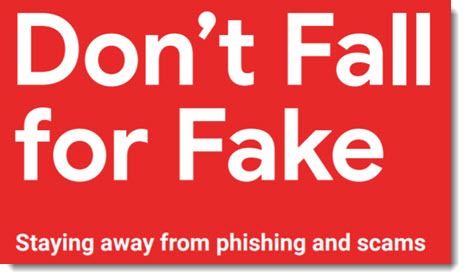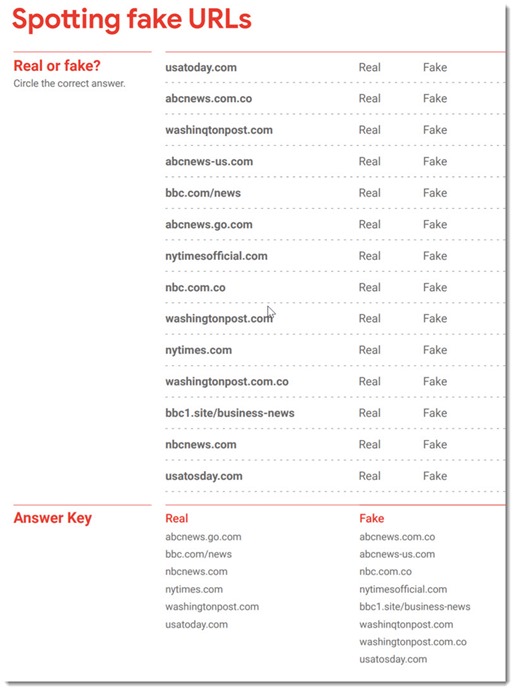
Media literacy – being able to recognize phishing messages, disinformation, and scams – has become one of the most important skills needed to survive in the 21st century. Your children may take classes in media literacy before long; lawmakers and educators are working to elevate the issue in legislatures and schools. The need for media literacy was thrown into sharp relief when the 2016 presidential election was affected by the inability of too many voters to distinguish between facts and disinformation seeded by Russians, online trolls, and partisans who threw fairness and honesty to the winds.
Media literacy is a broad term that encompasses a wide set of skills ranging from thinking critically about news and opinion articles to dealing with cyberbullying to creating and sharing content online. People and situations online aren’t always what they seem, and staying safe requires you to be able to tell what’s real and what’s fake.
Google has worked with educators and experts to create short, easy to understand guides to the online world. The guides are written for kids but I want everyone to take a look. Most grownups can benefit from simple explanations and guidelines about how to behave and stay safe in a new world.
It’s a hot topic. California’s Department of Education has created a collection of free media literacy resources for educators, Minnesota added it to the K-12 curriculum, and many other states are working on legislation to create advisory councils, fund grant programs, or add media literacy to state curriculum guidelines.
Google is particularly good at simple explanations that tell us important things without being condescending. I can’t say I like the name – “Be Internet Awesome” – but maybe it plays well with the kids. Who knows what those tiny creatures think? Everything else about Google’s collection of resources is just as important for adults as it is for kids. Maybe more so. Kids are growing up immersed in our online world and don’t have any preconceptions about trustworthiness. It’s us old folks that were raised when there was a surface veneer of ethics and respectability in the newspapers and TV news broadcasts, and it’s proving hard for us to adjust to a world where anything can be faked and there are people creating online content (and running cable news networks) with no restraints of decency or honesty.

Google’s main page for this program is here, https://beinternetawesome.withgoogle.com/, with resources for kids, grownups, and educators about how to be smart online. Everyone should download the Family Guide, jampacked with useful information – simple definitions of terms like “disinformation” and “trolling”, scenarios to help think about sharing personal information, and how to build a great password. There’s also a PDF that describes the classroom curriculum which is written for educators but has even more useful information, still written in an easy style without jargon.
Here’s an example. This is from the introduction in the curriculum to the section about disinformation – “fake news.”
“Did you ever play one of those games where you hunt for mistakes hidden in a picture? Sometimes dealing with news is like that. There are a lot of people and groups who are so passionate about what they believe that they twist the truth to get us to agree with them. When the twisted information is disguised as a news story, that’s disinformation.
“Some people don’t learn how to spot fake information, but they share it anyway. That’s how it spreads. And when people make choices about the things they do or believe based on that disinformation, the ability to talk to each other calmly, argue respectfully, understand each other better, and resolve problems can go away.
“So, if something looks or sounds like news, how can we tell the difference between what’s real and what’s fake? There are clues we can learn to spot it – tricks that are used by people who make disinformation. And there are questions we can ask that help us spot stories that aren’t based on solid evidence.”
The family guide and curriculum suggest answers and activities that will help you spot disinformation and become smarter about what you see online. There’s even an online game that you can try when the kids aren’t looking to see how good you are at spotting fake content.
Here’s an example from the curriculum, an exercise that all of us have to deal with daily when we go through our email – fake URLs that are similar to the real thing. Clicking on a link in an email message to a fake URL could lead you to give your password to the bad guys.
It’s frustrating that we have to be vigilant and learn these new skills, but that’s our world. Take the time to get smarter about the quickly evolving, dangerous online world, and be careful out there.


